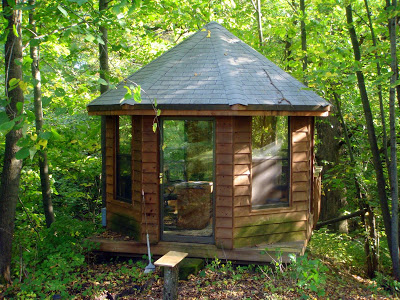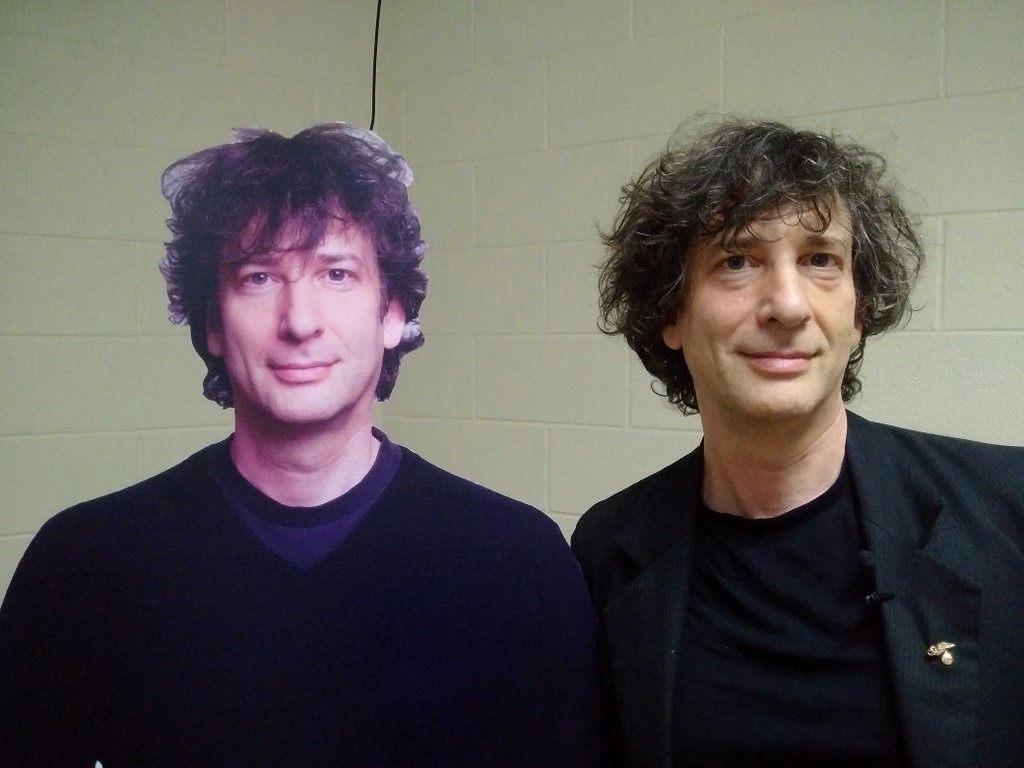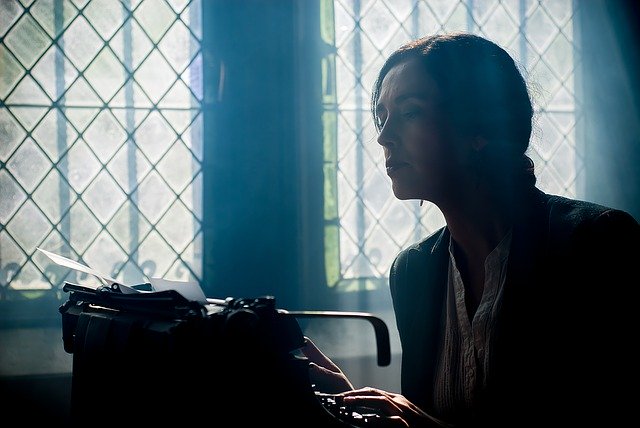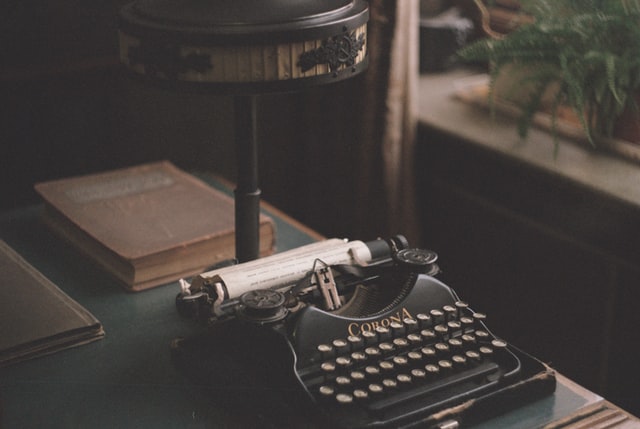The Writing Nooks of Famous Authors
Have you ever wondered where famous authors pen what are now, or soon to be, considered the greatest stories of all time? It’s easy to imagine that these authors have fantastic offices overlooking vast oceans or hay fields, but the reality of where these great novels are penned might surprise you.
Neil Gaiman (active 1980-present) – Neil Gaiman has a gazebo dedicated to writing (and he isn’t the only author on this list who’s built a separate writing space). Gaiman had the gazebo built about 20 years ago, and according to Shedworking: The Alternative Workplace Revolution, it is just out of reach of Gaiman’s home wifi (something he’s thankful for).

John Green (active 2005-present) – John Green has just moved. This photo depicts his old office view. The view of the back of Green’s office has been well-documented in vlogbrothers videos on YouTube. I couldn’t find a view of the actual desk on which Green actually writes, but I could find a picture of his office view. As Green wrote Paper Towns and The Fault in Our Stars, this is what he looked up and saw.

J.K. Rowling (active 1997-present) – It’s no secret that J.K. Rowling used to write in cafés all over Edinburgh when she moved back from teaching in Portugal. One such café is pictured above. The Elephant House and Nicholson’s are establishments Rowling frequented in her early writing career. She finished the last of the Harry Potter books in The Balmoral Hotel.

Jodi Picoult (active 1992-present) – Picoult writes in a farmhouse attic in New Hampshire. Almost publishing a book every year since her start in 1992, she has travelled the world for book tours and high-profile interviews. Her latest book, Leaving Time, debuted at #1 on the New York Times bestseller list.

Stephen King (active 1967-present) – Stephen King’s office isn’t where I picture the horrors of Carrie and The Shining to be created. King has written extensively about writing in On Writing, and is pictured in his writing space on the cover. A cluttered desk, a typewriter, a notebook, and his dog, Marlowe. This is where Stephen King creates.

Susan Sontag (active 1959-2004; d. 2004) – Susan Sontag’s office is what I consider to be the idyllic writer’s workspace, with shelves upon shelves of books behind her, a large desk, a typewriter and a large coffee mug and saucer. Just looking at this office inspires creativity.

Roald Dahl (active 1942-1990; d. 1990) – Not unlike Neil Gaiman, Roald Dahl wrote in a detached shed for four hours a day (two in the morning, two in the afternoon). He shut himself away in the space to write, with only that which inspired him for company (pictures of his family and fan letters tacked to the walls, a vial of pencil shavings on the coffee table, etc.).

George Bernard Shaw (d. 1950) – Perhaps one of the most understated workspaces on this list, George Bernard Shaw wrote with very little other than a desk and a typewriter. Simplicity allowed Shaw a hideaway, which is really all he asked for in order to write.

Mark Twain (d. 1910) – The billiard room in Mark Twain’s home was used as his office. He often spread manuscript pages across the billiard table during editing. As stated by Twain’s biographer, Albert Bigelow Paine, “Mark Twain always had a genuine passion for billiards.” So much so, that this is where he chose to write.

Charlotte Brontë (d. 1855) – Both Brontë sisters (Charlotte and Emily) wrote and discussed their work together in this room. This room’s formal role changed over the years (from dining room, to drawing room, to the parlour), but the Brontë sisters continued to use it for writing. Brontë’s biographer, Elizabeth Gaskell, has remarked that “the room looked the perfection of warmth.”

Jane Austen (d. 1817) – Jane Austen lived and wrote in Chawton, Hampshire. Picturesque in its simplicity, Austen’s writing desk is not unlike those pictured in movies based off of her novels. A desk, paper, and a quill and ink; that’s all she needed.




